Submitted by Emina Čamdžić
Public Building Façades of Bosnia and Herzegovina's Listed Heritage
Bosnia and Herzegovina Architecture News - Apr 14, 2023 - 12:03 1122 views
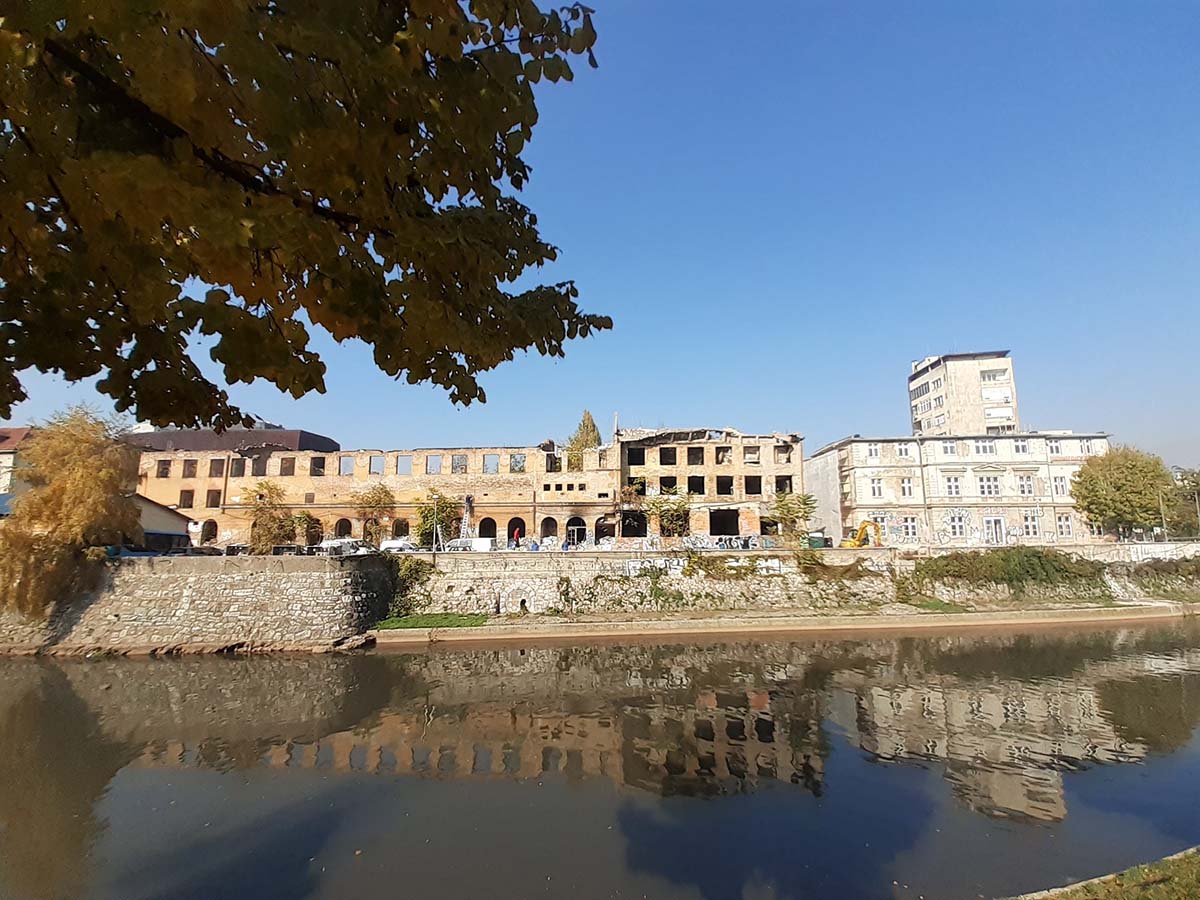
The top image shows one of the façades of the Powerhouse building in Sarajevo. The building façade has stood there for years and is not refurbished or revitalized. The building was supposed to be revitalized and adapted and brought to its intended purpose. This is not the only building which location is used as parking places because the costs of revitalization are probably higher than to demolish the building. Some other buildings in Sarajevo have been demolished such as the Feroelektra building in central Sarajevo and a public building that is reconstructed in the similar manner on Marijin Dvor in central Sarajevo to be seen on the images.
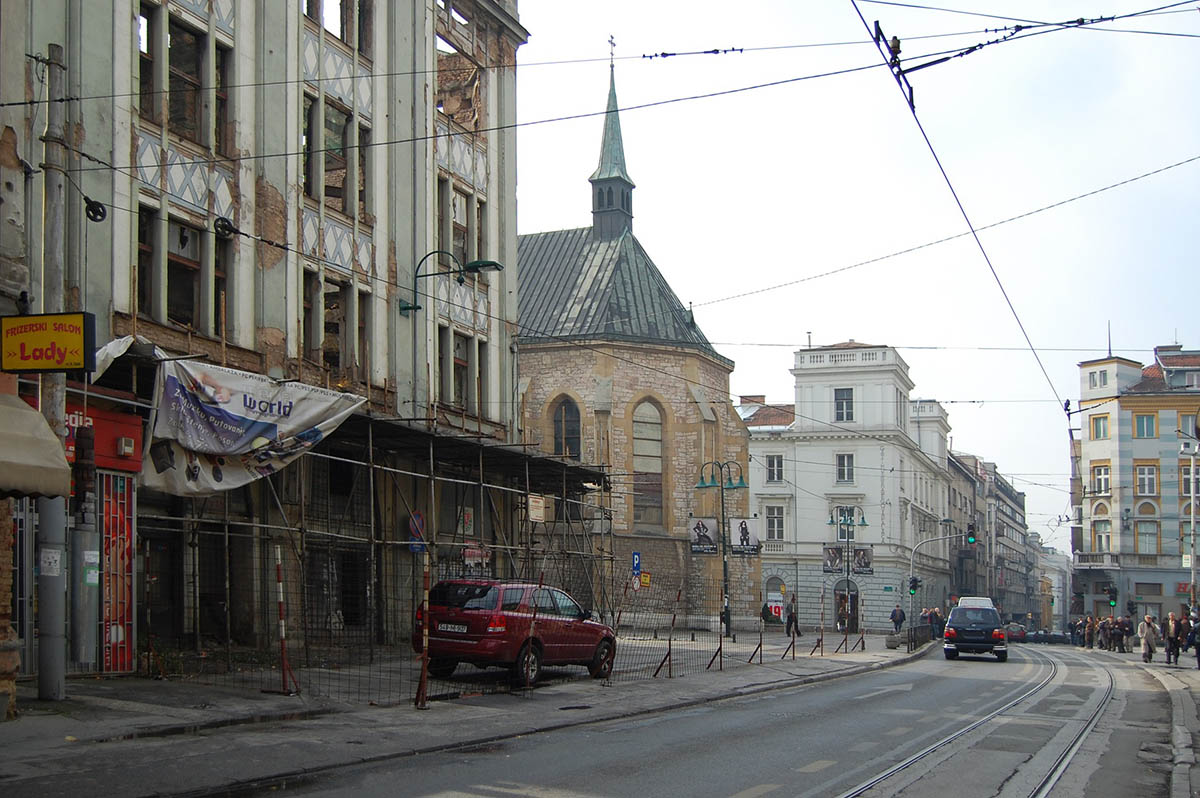
Image of a Feroelektra building in central Sarajevo, building that is now demolished. Image © Milan Suvajac via Wikimedia Commons (CC BY-SA 4.0)
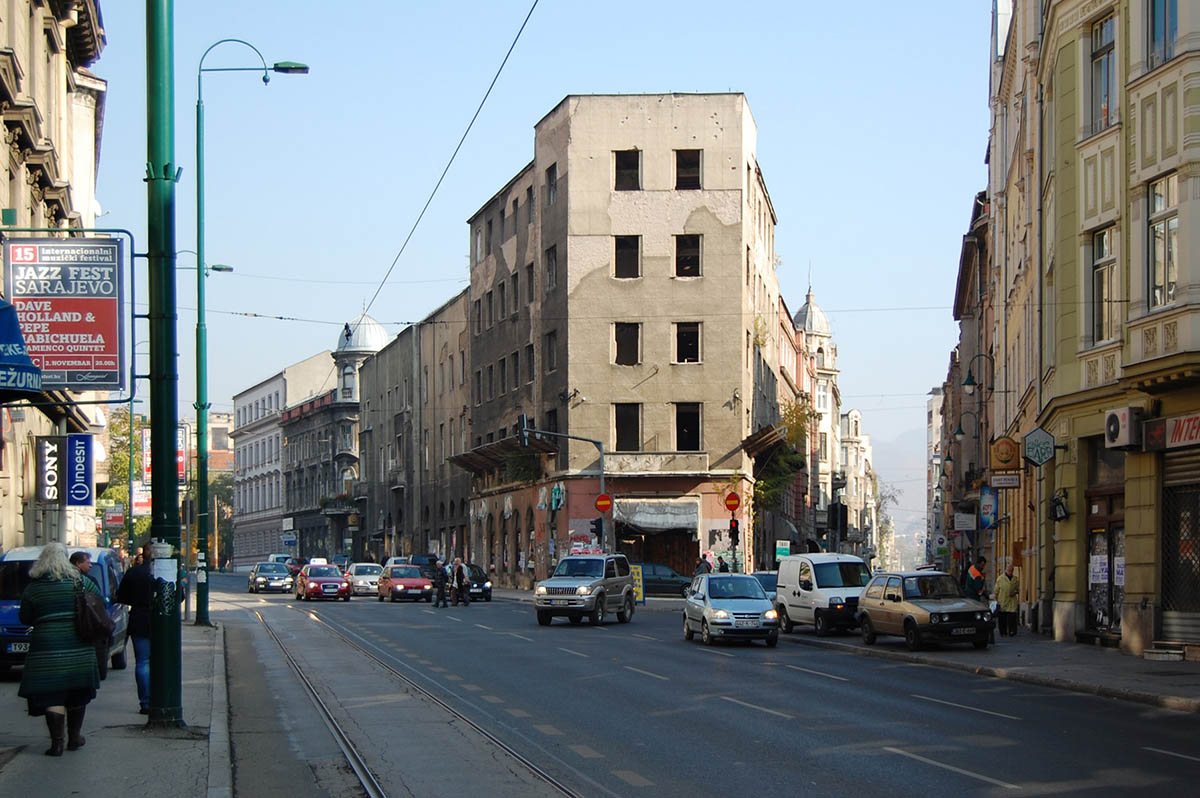
Image of a building in Sarajevo that is now demolished before full reconstruction. Image © Milan Suvajac via Wikimedia Commons (CC BY-SA 4.0)
This article, titled Conservation and Restoration with Adaptation and Reconstruction of Buildings, published by WAC’s Bosnia and Herzegovina Country Reporter Emina Čamdžić, shows examples of residential typology and building materials such as double storey private residential building, individual house represented as a villa, a town apartment. The article shows building façade details made of stone and adobe clay, brick, wood, wooden façade elements, wooden beams for floor construction. In this article is mentioned the damage type of building elements in structure and the level of erosion to further understand what has to be done with these buildings.
Building elements are shown in this published article on residential housing in the Sedrenik urban town area and local community in Sarajevo. The article explains heritage and traditional building typology in the hills surrounding the Vijecnica Town Hall in Sarajevo, states WAC’s Bosnia and Herzegovina Country Reporter Emina Čamdžić. These buildings are connected to gardens, have a typical entrance with a wooden roofed gate that coexist with the garden and the individual private house. Such elements are part of the heritage and need to be taken into consideration when refurbishing or adapting traditional, heritage buildings such as this residential individual house.
"A zero pollution ambition for a toxic – free environment" is part of the European Climate Pact from the EU Green Deal as written in this previous WAC article published. This Green Deal shows that for further investment plans and sustainable future is relevant the following: "Building and renovating in a resource efficient and Energy Efficient way", which is explained in the mentioned article.
Building for a sustainable future is mentioned in the EU Green Deal and buildings that can be refurbished, adapted or conserved, because such buildings can last more than hundred-and-fifty years, is important for the reduction of climate change and its aspects due to new buildings construction.
If you want to understand the buildings construction, take a look at the various buildings from the town centre to Sedrenik while walking through the small streets and neighbourhoods.
There are plenty of buildings that need to be listed as heritage and those that are already listed and refurbished or reconstructed which you can see if you take a walk to Sedrenik to the town centre in Sarajevo. Further mentioned in previous article are walks and healthier lifestyle ultimately healthier cities and towns which can respond to climate change.
Although in Energy Efficiency projects there are measures of low investment and high investment, and therefore the type of architectural project is done such as measures of conservation and adaptation either revitalization, further reconstruction and restoration.
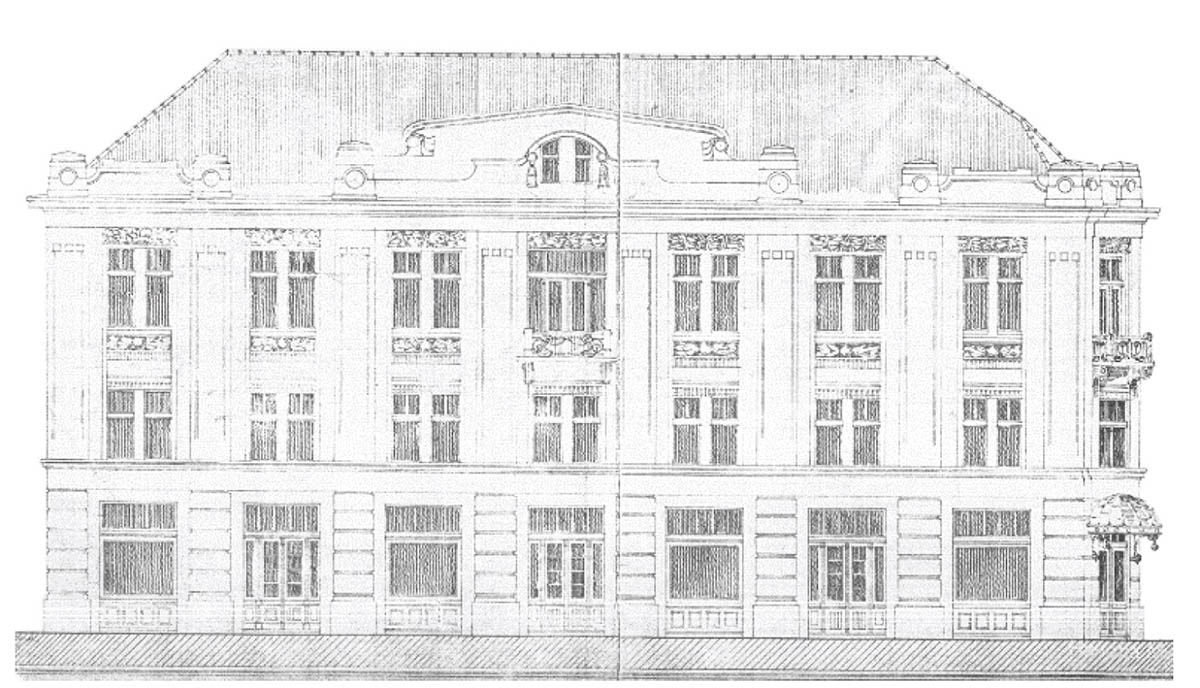
Image shows architectural drawing of the western facade of the historical building "Cinema Center" in Tuzla, Bosnia and Herzegovina from the original building project made after 1906. Image © Institute for Urban Planning Tuzla via Bastina - Institute for the Protection and Use of Cultural - Historical and Natural Heritage of Tuzla Canton
The historical building "Cinema Center" in Tuzla shown on the image was in year 2015 declared a national heritage of Bosnia and Herzegovina. A refurbishment project is made for rehabilitation of the building with reinforcements and the façade as a historical "shell" of the building. As seen on the image, the "Cinema Center" building has a ground floor, two storeys with attic and basement. During the original design and construction, it is stated in this publication1 that the construction order was respected. If it further mentioned that the construction of the balconies shown on the image, is a reinforced concrete slab on triangular crossbars anchored in the 70 centimetres thickness brick wall.
Image of a building façade project in central London, United Kingdom. Image © Eminent. [Outlet/ Platform]
The image shows a façade wall that stands on its own without the actual building, four storeys height. This façade in a unique project in central London looks at the sight as a very structured and well conservated multifaceted façade of either public or residential buildings in a row. The brick façade shows lots of elements and rich façade details from around two hundred years ago. This might be the case with the façade which was kept as it was while the building itself doesn't exist any longer. In this case the façade was an important and integral part to be kept due to heritage reasons possibly as a listed façade in London and the whole concept of the streets such as this one. To avoid the loss of beautiful street panoramas and concept of the buildings, the façade walls were kept with the structural and architectural project which made it stand in the buildings row without the building slabs. The whole façade elements were kept and the façade of a multielevated building is kept in its original form with a specific scaffolding construction keeping it in place through the construction of new buildings in the building plan up to the walls of the existing façades. Therefore, the window openings are kept in place therefore the construction doesn't fall or demolish due to statics of the façade construction. Between the façade is a scaffolding of steel and wooden elements that keeps the façade horizontal beams and vertical pillars and all of its details such as the brick walls, door openings, window openings and decoration in place without the building slabs connecting the façades.
The project shows a unique way of conservating and adapting a building façade to a new, modern and different use with the latest technology which is used in architectural projects such as this one is. The cost of such projects can vary although it does depend also on the owner of the buildings and location.
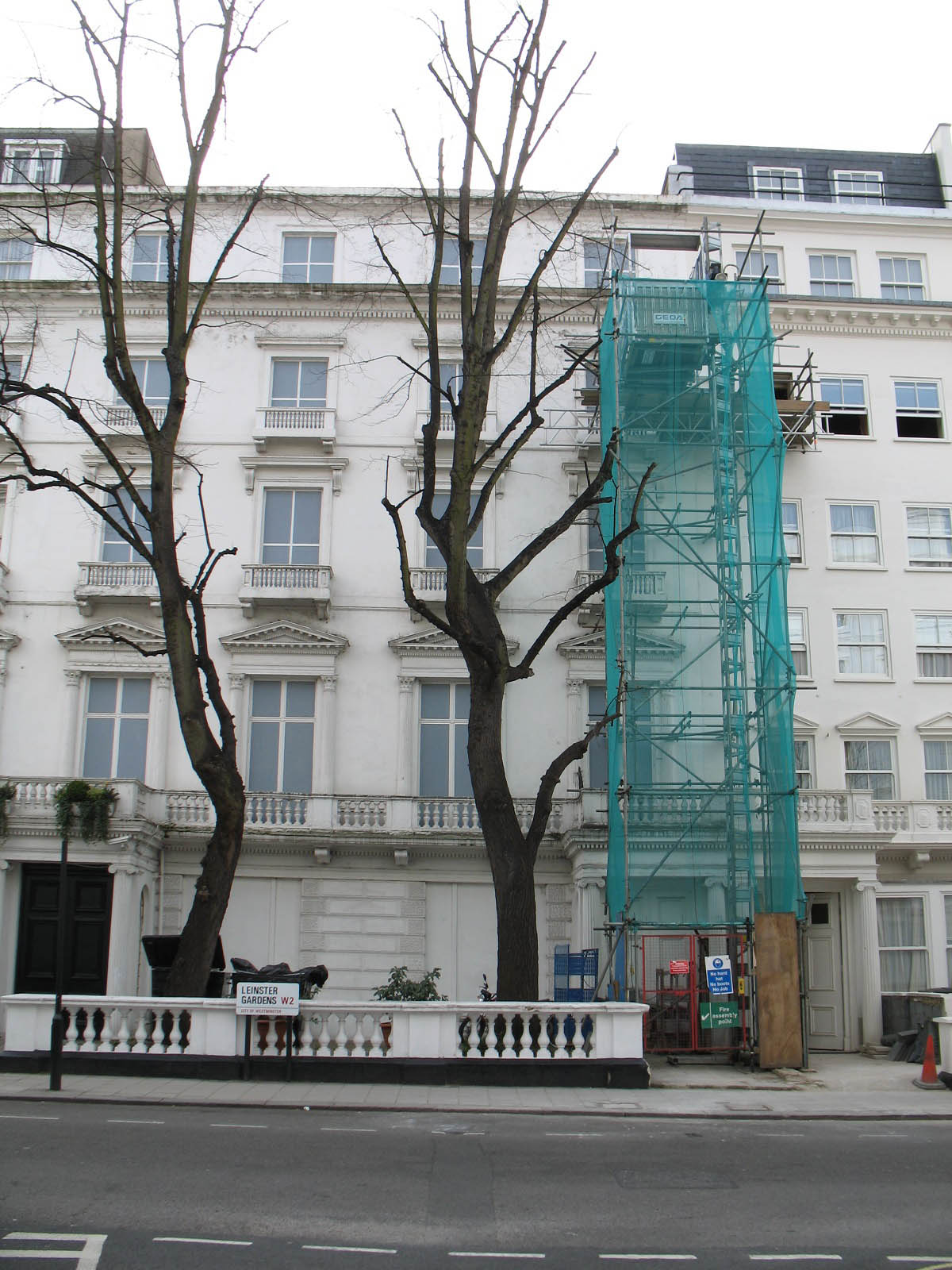
Image of a front façade in a London street. Image © Sebastian “sebrem” B…2 via Wikimedia Commons (CC BY-SA 3.0)
Another façade project shown is placed between two public buildings in London, and this front façade has the same pillars, balustraded balconies, rich decoration and sashed windows and looks just like any other listed building. On the place of this façade which is not that new and was built in the 1860’s because of the construction of the underground, actually were residential or public buildings of the mid - Victorian building style. The new façade - only wall structure has darkened windows and no letter boxes, while the façade itself has five storeys just like all the near buildings in the same row and the façade was also used to stop the steam and smoke from the newly built underground.
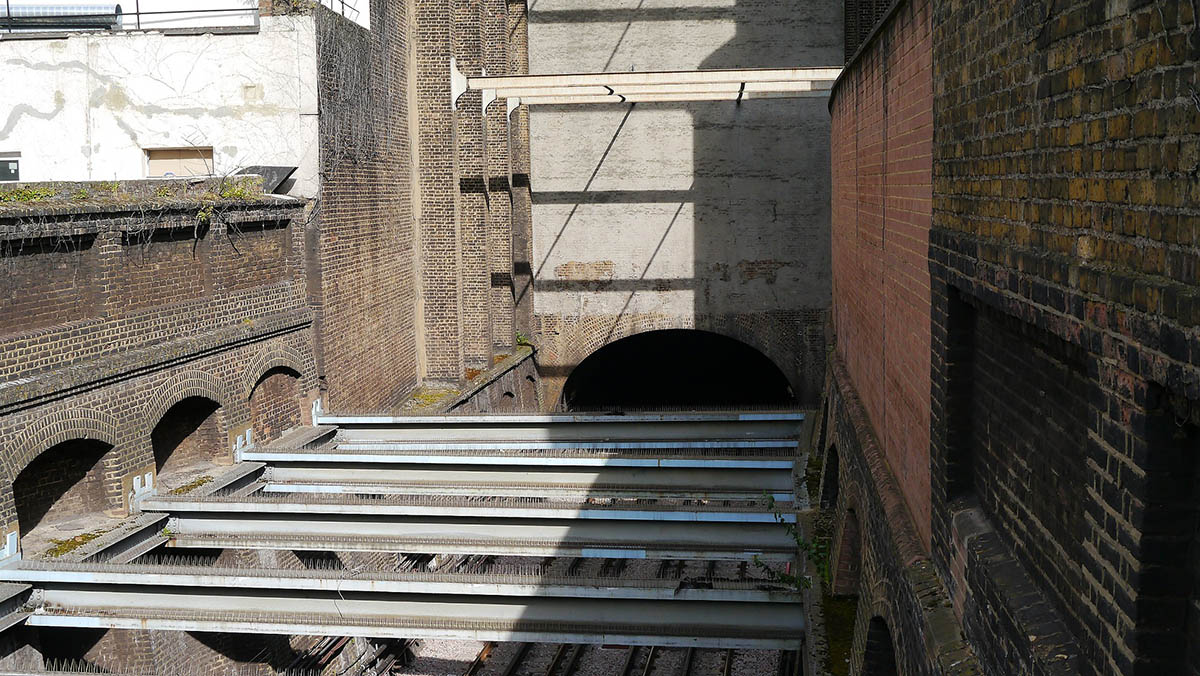
Image of the same building façade project in a London street. Image © Behind the false house at Leinster Gardens, Bayswater by J WILLIAMS3 via Wikimedia Commons (CC BY-SA 2.0)
Such a façade as the one on the image is kept in place with steel beams that connect the walls of two neighbouring buildings and keep the horizontal and vertical façade elements, while there is no actual building and the doors and windows are not for its purpose anymore. On the side where the buildings were is now just a place from the underground. It's not a unique project in London but it is worth showing and thinking with humour about which buildings are where placed and which are not. The façade wall itself is already a heritage construction because it is built over hundred fifty years ago as a reconstruction type of project.
These projects show and understand the following:
- Explore ways of refurbishing and revitalizing public and residential buildings
- adjust the project to the existing listed façade richness
- how it’s possible to keep the building façade wall in place
- plan new building projects in these locations
- get easier building permissions due to heritage projects and neighbourhoods
- how not to demolish the building façade walls
- show innovations in technology in projects both in the pre – construction and construction phase.
Top image is of the Powerhouse building in the town of Sarajevo (2021). Image by Dans. Retrieved 14 April, 2023 from (https://commons.wikimedia.org/wiki/File:Stara_Elektrana,_Sarajevo.jpg) via Wikimedia Commons (CC BY-SA 4.0). Copy-Paste into your browser.
1. The Heritage of Northeast Bosnia (2022). Retrieved 12 April, 2023 from (https://bastina.ba/wp-content/uploads/2023/02/BASTINA-14-final.pdf) Copy-Paste into your browser.
2. Image of a front façade in a London street. Image by Sebastian “sebrem” B…. Retrieved 14 April, 2023 from (https://commons.wikimedia.org/wiki/File:Fa%C3%A7ade_of_23-24_Leinster_Gardens_-_panoramio.jpg) via Wikimedia Commons (CC BY-SA 3.0). Copy-Paste into your browser.
3. Image of the same building façade project in a London street. Image: Behind the false house at Leinster Gardens, Bayswater by J WILLIAMS. Retrieved 14 April, 2023 from (https://commons.wikimedia.org/wiki/File:Behind_the_false_house_at_Leinster_Gardens,_Bayswater_-_geograph.org.uk_-_3304944.jpg) via Wikimedia Commons (CC BY-SA 2.0). Copy-Paste into your browser.